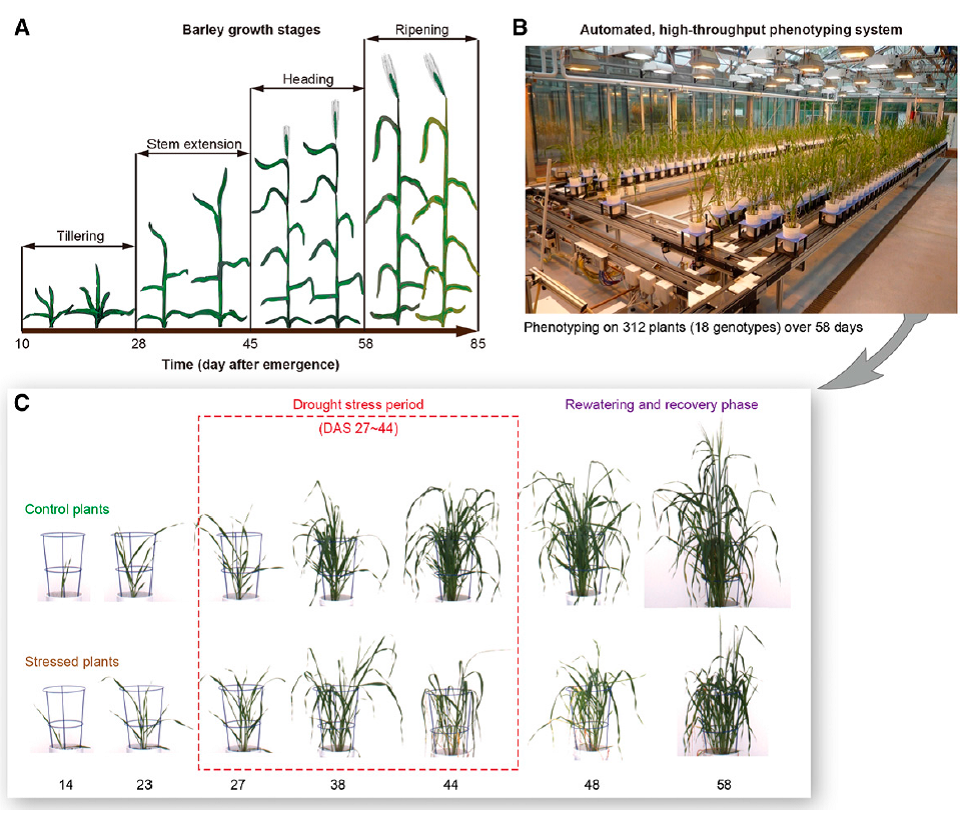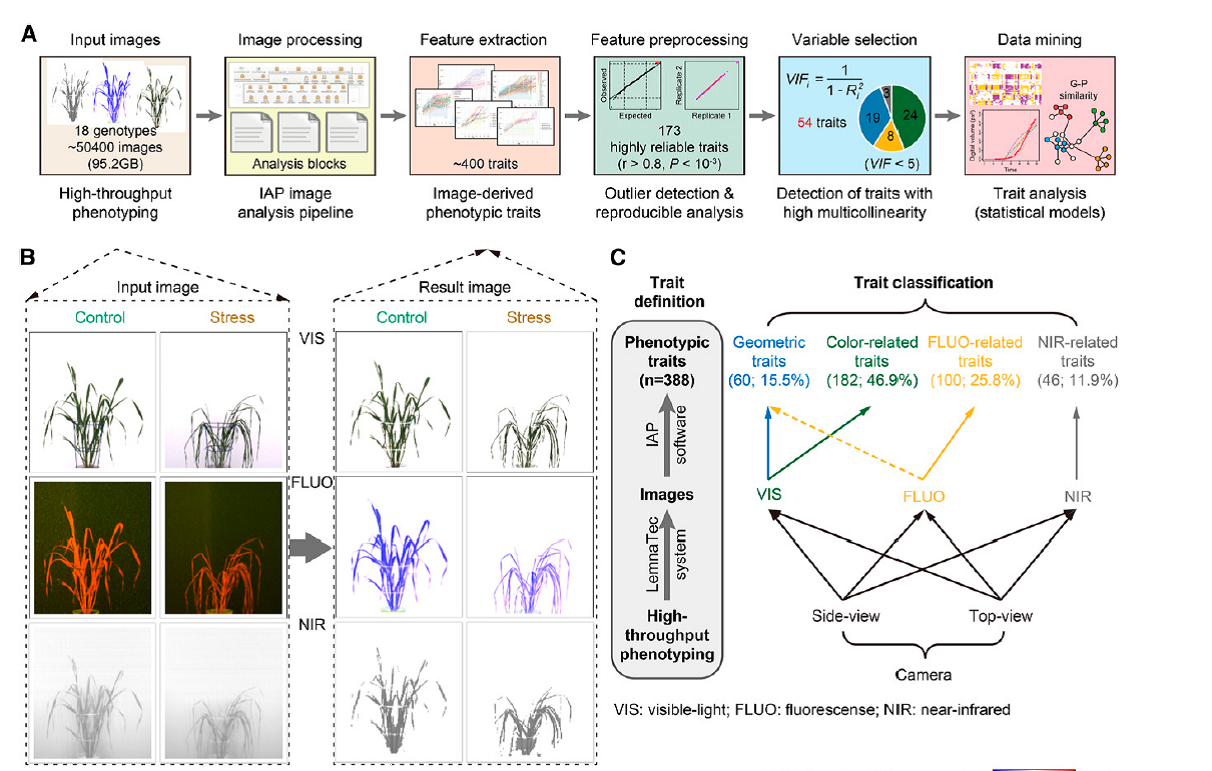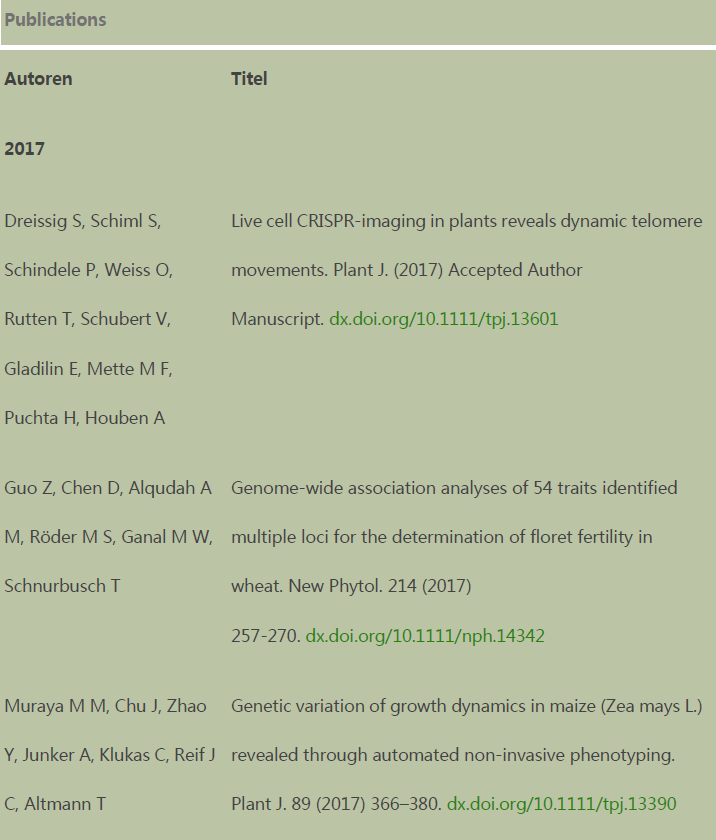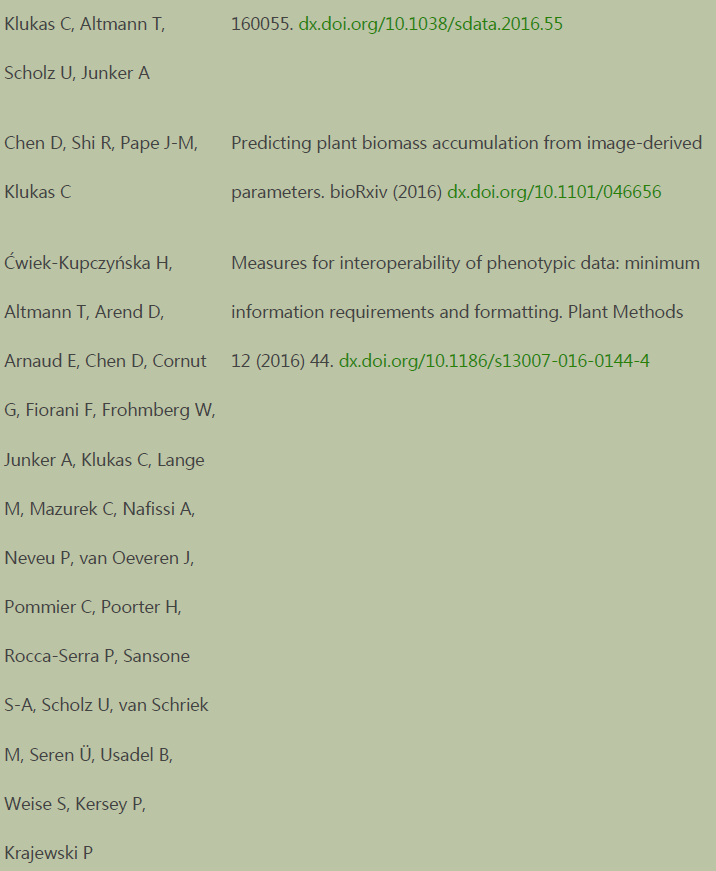Barley (scientific name: Hordeum vulgare L.), commonly known as March yellow, is a major grain and feed crop and the main raw material for brewing beer.As an important cereal crop produced by industry and agriculture, its total output ranks fourth behind corn, rice and wheat, with a planting area of about 530,000 square kilometers. In my country, it was once an important crop with a cultivation area of more than 100 million mu. one.
Barley is the first domesticated cereal crop and is widely grown worldwide due to its precocious puberty and high stress resistance (including cold resistance, drought resistance, salt and alkali resistance, etc.).Its diploid properties make it an important material for the study of wheat crop genomes.After gene sequencing, the barley genome is 5.1 Gb in total, about 11 times that of the rice genome and almost twice that of the human genome.On April 27, 2017, Nature journal published International Barley in Article entitled "A chromosome conformation capture ordered sequence of the barley genome" (paper link: http://dx.doi.org/10.1038/nature22043).The major research results achieved by the Sequencing Alliance (IBSC) in the study of fine maps of barley genomes. This article was listed as the cover article of the current issue of the Journal of Nature. The barley genome research results participated by Professor Zhang Guoping’s team, and are the co-corresponding authors of the paper.
With the continuous in-depth research of the barley genome, scientists have never stopped genetic improvements to barley excellent genes. Because of the gradual maturity of phenotype and phenomics technology, more and more research groups are in the existing molecular biology.Based on technologies such as genetics, more advanced methods are adopted to study and analyze the phenotype or traits of barley more efficiently.Christian Klukas's research team used a high-throughput phenotypic platform to study the phenotype and physiology of barley at the Leibniz Institute of Plant Genetics and Crop Plant (IPK), a famous research in Germany.Under drought conditions (see the figure below), the plant height will decrease and the tiller number will decrease. After rehydration treatment, the phenotype of the plant height and tiller number will be significantly replicated. Using the imaging data of the phenotype platform,In this research article, you can clearly see phenotypic imaging analysis at different periods after drought and rehydration treatment: under visible light imaging, the analysis of plant height and its dynamic changes, biomass and effective tiller number was carried out;Under infrared imaging, the water content distribution of the plant was observed; under fluorescence imaging, the physiological changes of the plant were monitored.This work was published in well-known journals in the field of botanyT and plant cellsuperior.

Source: Dijun Chen, Christian KlukasaETA., T and plant cell (2014)

Source: Dijun Chen, Christian KlukasaETA., T and plant cell (2014)
Using a high-throughput phenotypic platform, many parameters of barley can be well measured and analyzed. The editor summarizes the main parameters in different research fields, as follows:
Parameters that focus on the field of barley plant type research:Plant canopy width, vertical height, density, symmetry, projected leaf area, spatial volume, plant structure, leaf angle, and internode length.
Parameters that focus on the field of barley response to biological stress:Vertical height, projected leaf area, spatial volume, leaf color, leaf lesions, plant structure, leaf angle, internode length.
Parameters that focus on the field of barley response to abiotic stress:The relative moisture content distribution of the entire plant, plant structure, leaf angle, internode length, leaf length, vertical height, projected leaf area, spatial volume, leaf color, projected leaf area, and spatial volume.
Parameters that focus on the research field of barley yield:Plant canopy width, vertical height, spatial volume (biomass), etc.
In addition, there are more seed breeding techniques that can further detect maturity and trait detection of barley seeds.

Background information:
l em Nat ECPhenotype platform
The research team in the above article conducted image acquisition and analysis, mainly using LemnaTec's phenotypic imaging platform - Greenhouse Scanalyzer 3D.As shown in the figure below, LemanTec can fully customize design and production according to experimental needs.

German IPK Research Institute
Leibniz Institute of Plant Genetics and Crop Plants (IPK) is a non-profit research institution and a member of the William Leibniz Society (WGL).The institute is the initiator and center of the Catalan derivatives of the biotechnology park in central Germany.

As an internationally renowned plant research center, IPK focuses on modern biological issues in basic and application fields, and focuses on studying cultivated plants.Research areas include:
Management, analysis and evolution of plant genetic resources
Cellular and molecular genome analysis
Molecular and Developmental Physiology
Applied Physiology and Cell Biology
I PKThe core research question is to study the genetic diversity of wild and cultivated plants, with the aim of more efficient and wider use of these methods and plant materials in the agricultural sector, and to further develop new and improved biomaterials.The research team for phenotypic image analysis of IPK has done a lot of phenotypic studies on plants such as corn and Arabidopsis. Below is the articles they have published in the past two years.(Source: http://www.ipk-gatersleben.de/en/molecular-genetics/image-analysis/publications/)


